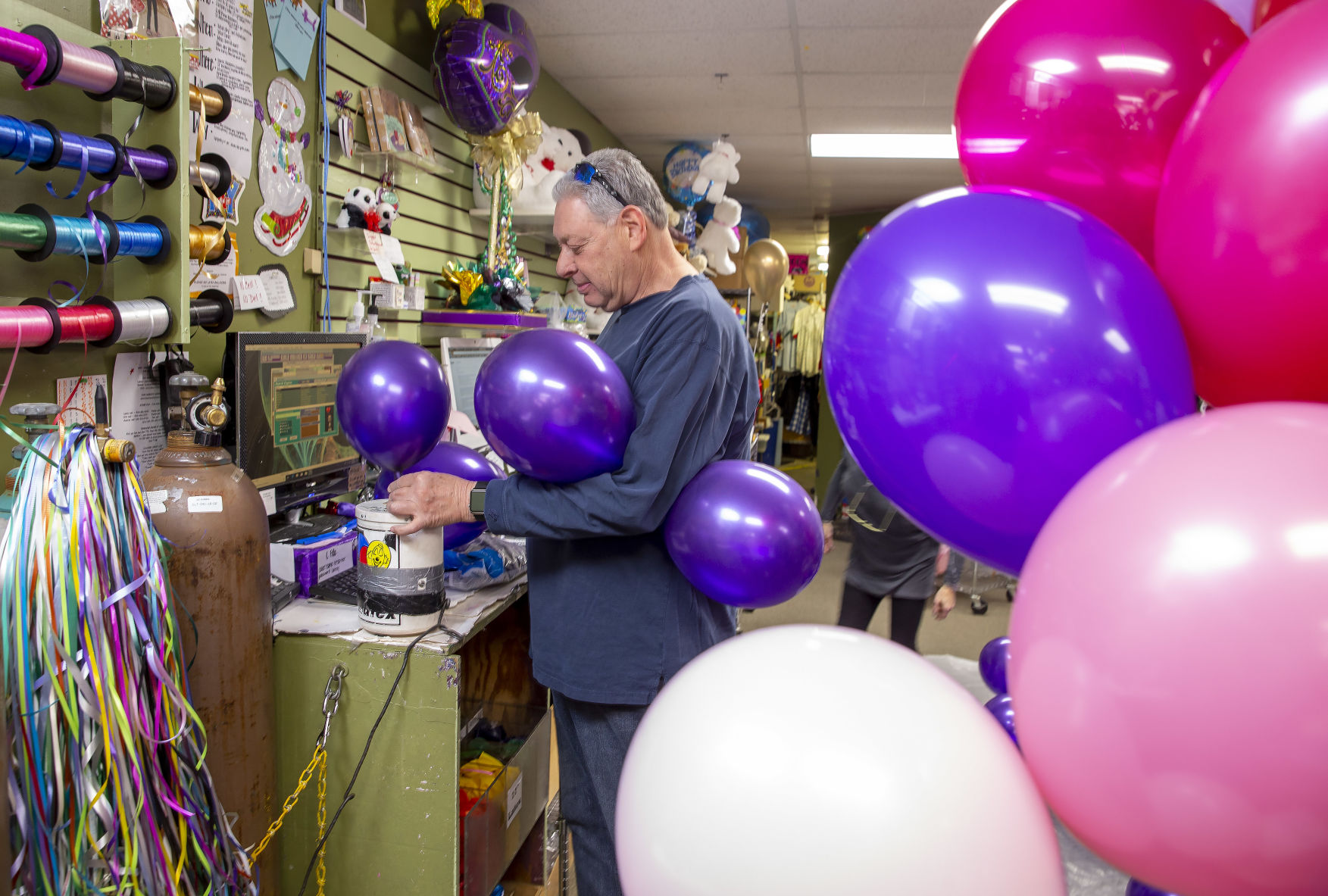
More fortunate is Arthur Low, a chemist at Tarleton State University in Texas, who says his cost is unchanged from what he paid through the DLA: $1107 for the 60 liters he orders every six months. Mark Elsesser, an associate director of government affairs at the American Physical Society (APS) who helped organize the DLA consortium, says the agency blamed the discontinuation of the consortium on staffing constraints. If there’s anything tangibly different, it’s that the suppliers aren’t crying that they can’t get helium.” Losing leverageĭumais saw his cost soar after the Pentagon’s Defense Logistics Agency (DLA) early this year ended a buying arrangement that had provided Boise State and 19 other participating universities some bargaining power with helium suppliers. “No one said to me we’re going to drop the price. “No supplier has told me the stops are off, you can get all the helium you need,” says Joseph DiVerdi, a Colorado State University chemist who orders a 60-liter dewar every 8–13 weeks to fill his 8-tesla superconducting magnet. And Stuart Brown, a UCLA condensed-matter physicist, says his cost for liquid helium jumped 15% this spring, even though UC has a systemwide helium supply contract from Matheson. Joseph Dumais, a chemist at Boise State University in Idaho, says two suppliers recently quoted a price of $3800 for a 100-liter dewar of liquid helium, including shipping-more than double the $1460 he paid last summer, when supplies were tight. Alexander Blumenfeld, an analytical instrumentation supervisor at the University of Idaho, says his cost has more than doubled in the past year, to $35 per liter. What’s more, some producers have recently been injecting helium into the reserve’s underground dome, storing it for future use.īut prices in many cases have defied the laws of supply and demand, according to users. “The BLM is saying come get as much as you want,” he says. Refiners had been limited to drawing amounts that were below their requirements since June 2017, when supply from Qatar was cut off by a Saudi-led blockade. If they warm, magnets will quench-transition suddenly to a nonsuperconducting state-and suffer potentially permanent damage.Īn unambiguous indicator of an ample supply, says Kornbluth, was the lifting in March of rationing to the four refiners that draw from the federal helium reserve. Even with their laboratories shut down during the pandemic, scientists have had to periodically add helium to their magnets to keep them at or below liquid helium’s boiling point of 4.2 K. Unlike last year, when some scientists were forced to shut down their superconducting magnets for lack of helium (see Physics Today, April 2019, page 26), researchers now report they have no trouble getting the helium they need. The current supply situation, he says, is “between ample and plentiful.” It went from shortage to an ample supply within a month,” says Kornbluth. “It was like somebody flipped a light switch. Still, many scientists say the already historically high prices for the light element are continuing to rise.Īs demand for party balloons-which account for 10% or more of total helium use, according to market consultant Phil Kornbluth-disappeared in March, and as industrial demand slowed in concert with shelter-in-place orders, the global helium supply crunch of the past two years abruptly ended. The coronavirus pandemic may have deflated uncounted birthday celebrations, but that’s been good news for physicists and chemists who need an assured supply of helium. Read David Kramer’s April 2022 story here.

Credit: Reidar HahnĮditor’s note, 8 April 2022: Another helium supply crunch has commenced in the time since this article was published. The cryomodules will house superconducting cavities that are cooled with liquid helium.


Cryomodules for the x-ray light source LCLS-II, to be located at SLAC in California, are under construction at Fermilab in Illinois.


 0 kommentar(er)
0 kommentar(er)
